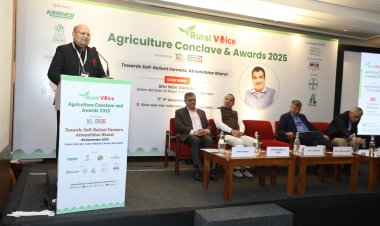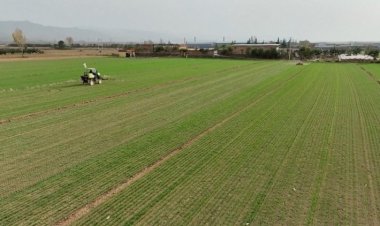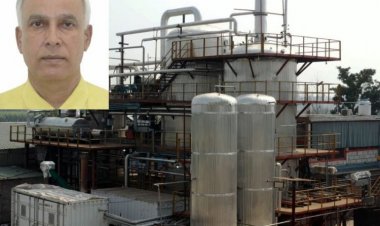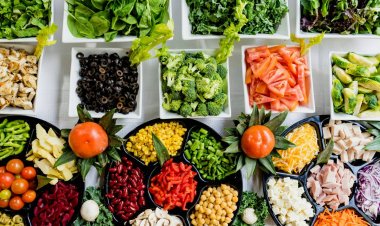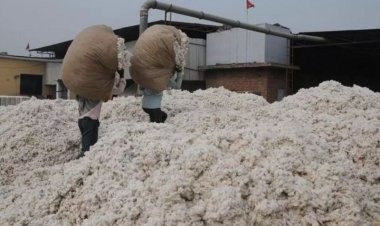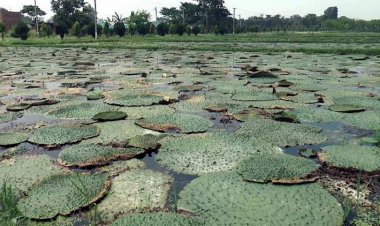Meeting with Food Secretary regarding increasing MSP of sugar and buffer stock
Based on annual sugar consumption of about 285 lakh tonnes, the industry says the government should allow at least 10 lakh tonnes of additional sugar to be diverted for ethanol. In case this does not happen, the government should create a buffer stock of one million tonnes of sugar. On February 29, representatives of National Federation of Cooperative Sugar Factories Limited (NFCSF), an organization of cooperative sugar mills, and Indian Sugar Mills Association (ISMA), an organization of private sugar mills, will hold a meeting with the Union Food Secretary regarding these issues
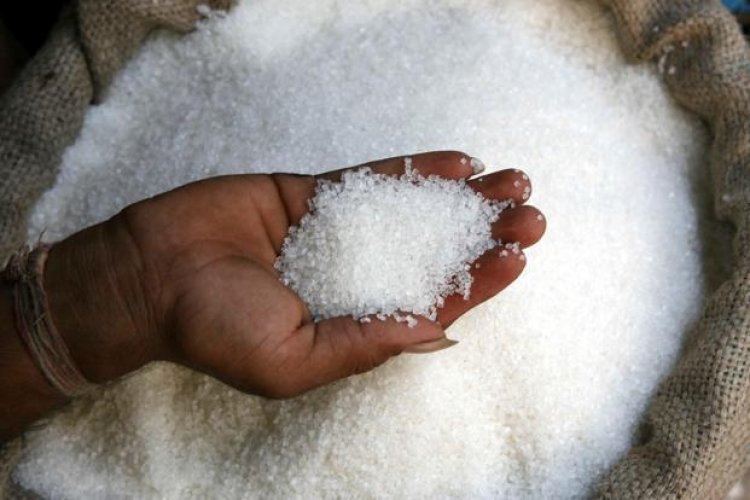
Amidst these circumstances, private and cooperative sugar mill industry organizations have demanded from the government to increase the minimum selling price (MSP) of sugar. Based on annual sugar consumption of about 285 lakh tonnes, the industry says the government should allow at least 10 lakh tonnes of additional sugar to be diverted for ethanol. In case this does not happen, the government should create a buffer stock of one million tonnes of sugar. On February 29, representatives of National Federation of Cooperative Sugar Factories Limited (NFCSF), an organization of cooperative sugar mills, and Indian Sugar Mills Association (ISMA), an organization of private sugar mills, will hold a meeting with the Union Food Secretary regarding these issues.
According to sources, four representatives each from both the organizations will attend the meeting with the Food Secretary. Industry representatives have also sought an appointment with Food Minister Piyush Goyal on this issue. Representatives of the sugar industry also want to meet Union Home and Cooperation Minister Amit Shah.
Industry sources told Rural Voice that the gross production of sugar in the current season is likely to be 338 lakh tonnes, which was 366 lakh tonnes last year, when 45 lakh tonnes of sugar was diverted for ethanol production. So far this year, the government has set a limit of 17 lakh tonnes of sugar diversion. The government estimates that after diversion of ethanol, about 314 lakh tonnes of sugar will be produced. The sugar industry estimates that the production will be 317 lakh tonnes. In such a situation, 315 lakh tonnes can be considered as the average production.
In such a situation, the industry says that the availability of sugar will be 372 lakh tonnes with the outstanding stock of 57 lakh tonnes last year. This year's estimated consumption of sugar in the country is 285 lakh tonnes. In such a situation, there is about 87 lakh tonnes of excess sugar in the country. At the end of the season on October 1, there should be a stock of 60 lakh tonnes of sugar based on the standards of arrears. Whereas based on production estimates this outstanding stock is quite high. In this situation, maintaining this stock will put additional financial burden on the sugar mills. In that situation the government should allow at least one million tonnes to be diverted for ethanol. While doing so will help in achieving the goals of the government's Ethanol Blending Program (EBP), the improved financial condition of the sugar industry will also make it easier for sugar mills to make timely payments to sugarcane farmers.
The second big issue of the meeting is to increase the MSP of sugar. Industry sources say that the Commission for Agricultural Costs and Prices (CACP) should recommend an increase in MSP of sugar on the basis of cost at the same time as increase in FRP of sugarcane. But this is not happening. Due to this, both sugar mills and farmers are suffering losses. The MSP of sugar fixed by the government is stable at Rs 31 per kg since 2019. No increase in salary for five years is proving detrimental to the industry. On February 27, the ex-factory price of sugar in the country was between Rs 3360 and Rs 3830 per quintal. The ex-factory price of M grade sugar in Uttar Pradesh ranged from Rs 3730 to Rs 3830 per quintal, whereas in Maharashtra, the price of S grade sugar was Rs 3360 to Rs 3450 per quintal.
In fact, in view of the upcoming Lok Sabha elections, the government had last week decided to increase the FRP of sugarcane by Rs 25 per quintal to Rs 340 per quintal. This is happening for the first time that the government has decided the FRP for the next season in the month of February itself. The sugarcane crushing season runs between October and September. Generally, FRP for sugarcane is declared around August. This year, CACP submitted its report on sugarcane FRP to the government earlier than normal years and on the basis of this, the Union Cabinet could approve the FRP for the year 2024-25 only in February. With an increase of about eight percent, the government wants to send a message to crores of sugarcane farmers that it is taking an important decision in their interest. Just before the elections, this step of the government is being seen as a step to woo the sugarcane farmers.
After this decision, the sugar industry is also putting pressure on the government to increase the MSP of sugar. For this, the sugar industry is holding meetings with officials and ministers. However, with elections approaching and the government being sensitive on sugar prices, it is highly unlikely that the government will take any early decision in this regard.



 Join the RuralVoice whatsapp group
Join the RuralVoice whatsapp group


















